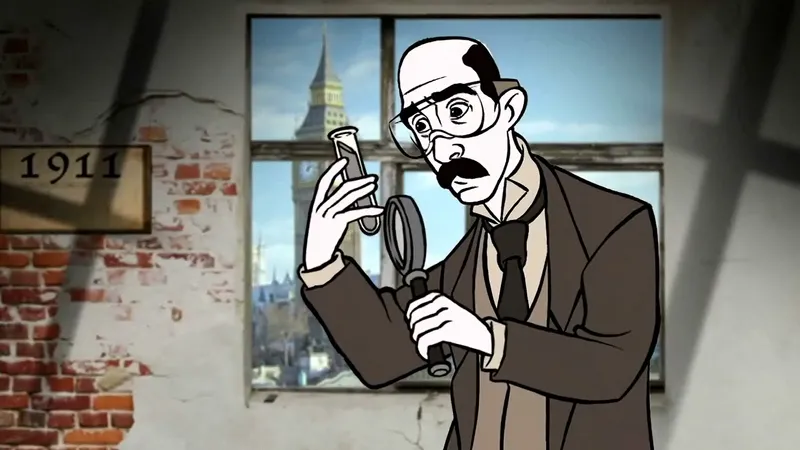In a tale of scientific curiosity and creative thinking, Hungarian chemist George de Hevesy made a groundbreaking discovery in 1911 that would forever change the course of scientific research. While residing at a boarding house cafeteria in Manchester, UK, de Hevesy suspected that leftovers from dinner plates were being reused, prompting him to embark on a unique experiment that introduced the world to radioactive tracers.
De Hevesy’s suspicion about the cafeteria staff reusing leftovers led to an ingenious experiment. He decided to sprinkle a small amount of radioactive material onto his leftover meat, aiming to confirm his theory. Several days later, he used an electroscope to measure the radioactivity in the prepared food, and his hunch proved correct – the landlady had indeed been reusing the leftovers. This pioneering experiment marked the birth of the first successful use of radioactive tracers in scientific research, setting the stage for profound advancements in various fields.
George de Hevesy’s early research in the realm of radioactive tracers paved the way for significant scientific and medical breakthroughs. In recognition of his pioneering work, he was awarded the Nobel Prize in Chemistry in 1943 for his contributions to the use of isotopes as tracers in the study of chemical processes.

De Hevesy’s discovery of radioactive tracers has left an indelible mark on a wide range of disciplines, including medicine, biology, and environmental science. Radioactive tracers are now routinely employed to track chemical reactions and biological processes within living organisms, offering invaluable insights into complex systems.
The story of George de Hevesy’s discovery underscores the idea that scientific breakthroughs can emerge from unconventional sources and circumstances. It serves as a testament to the importance of curiosity and creativity in the pursuit of knowledge and scientific progress.
George de Hevesy’s legacy endures as a reminder of how a single act of inquisitiveness can spark a revolution in science and leave a lasting impact on the world.
Resources:
2.https://phys.org/news/2023-10-disgruntled-scientist-food-wasnt-fresh.html
3.https://phys.org/news/2023-10-disgruntled-scientist-food-wasnt-fresh.pdf